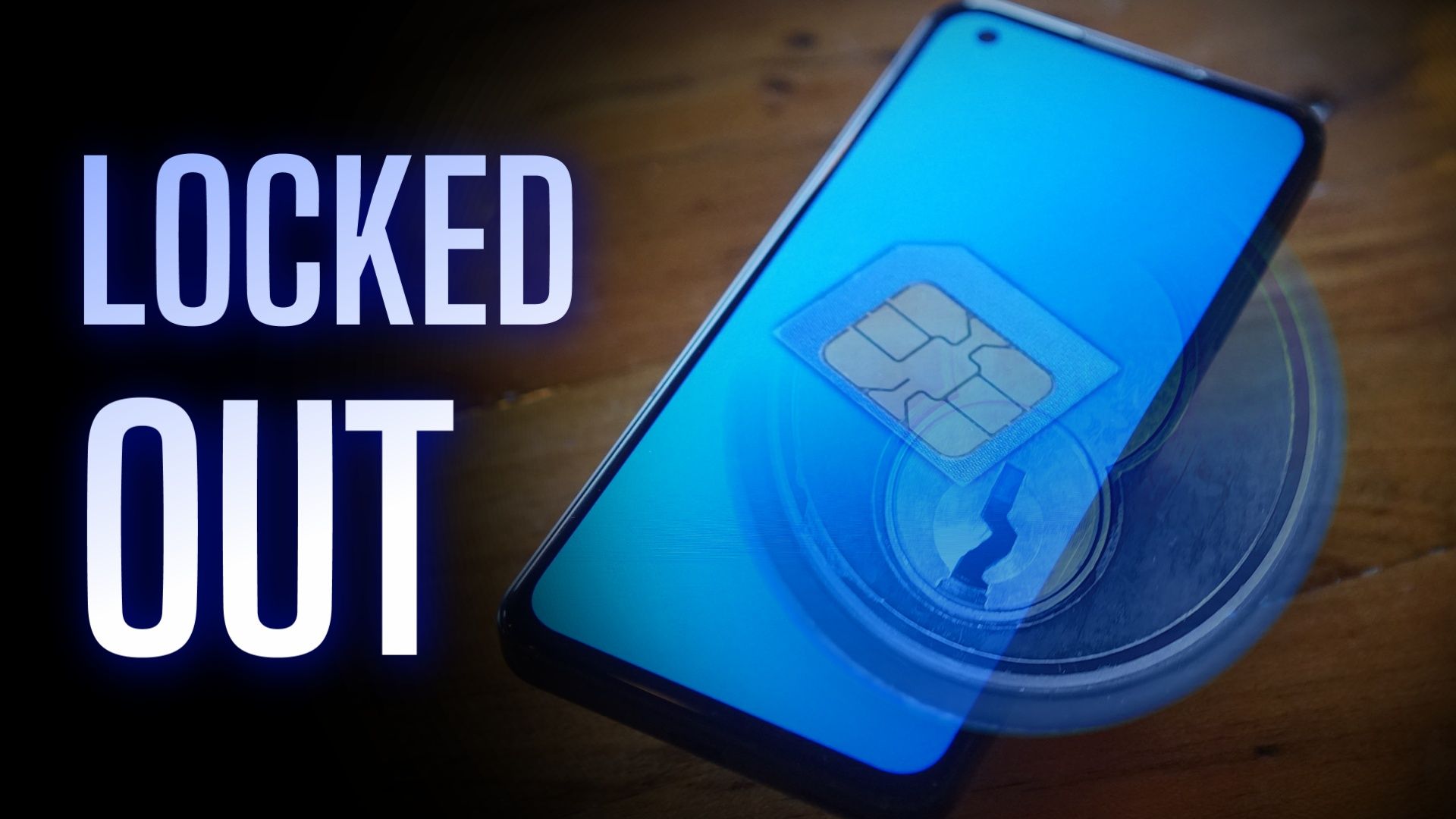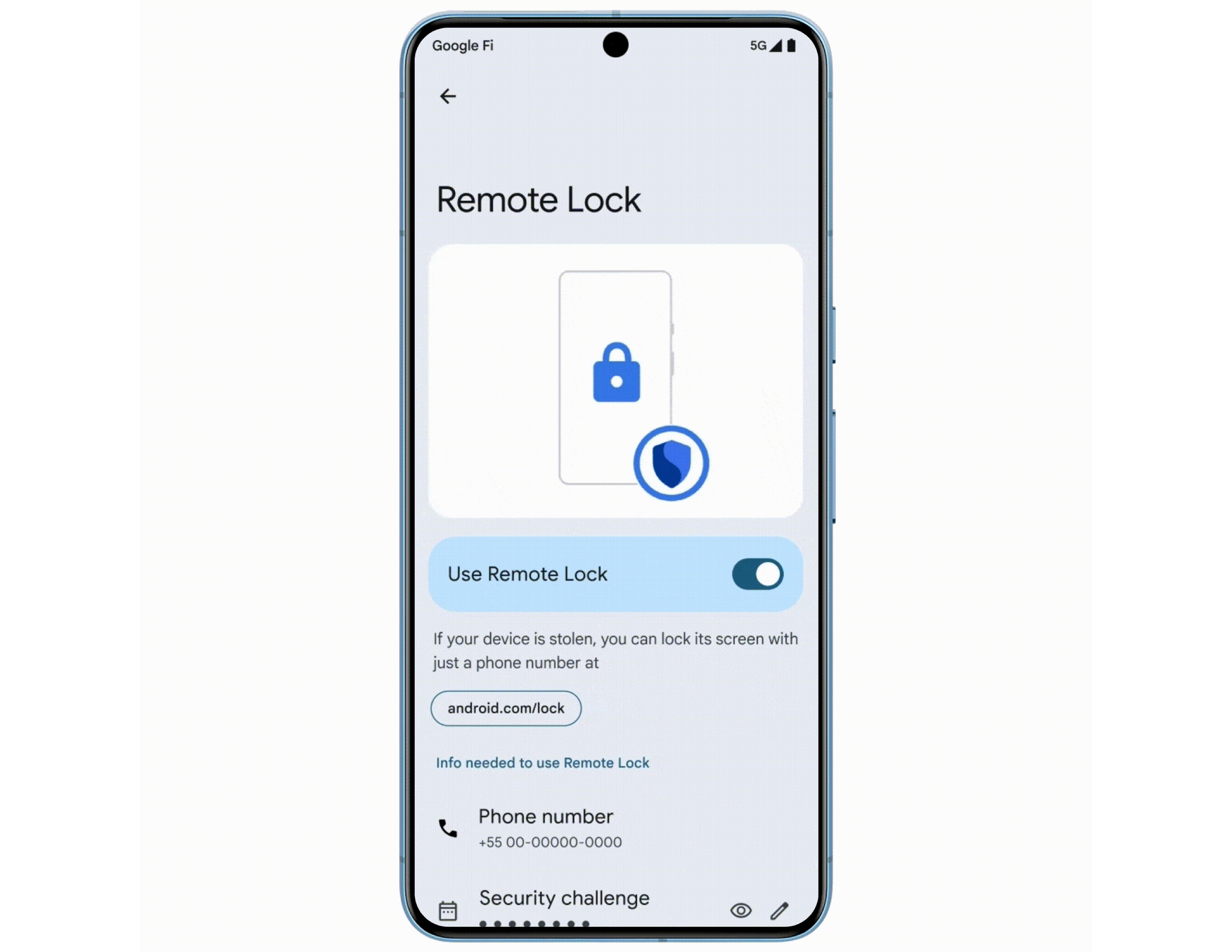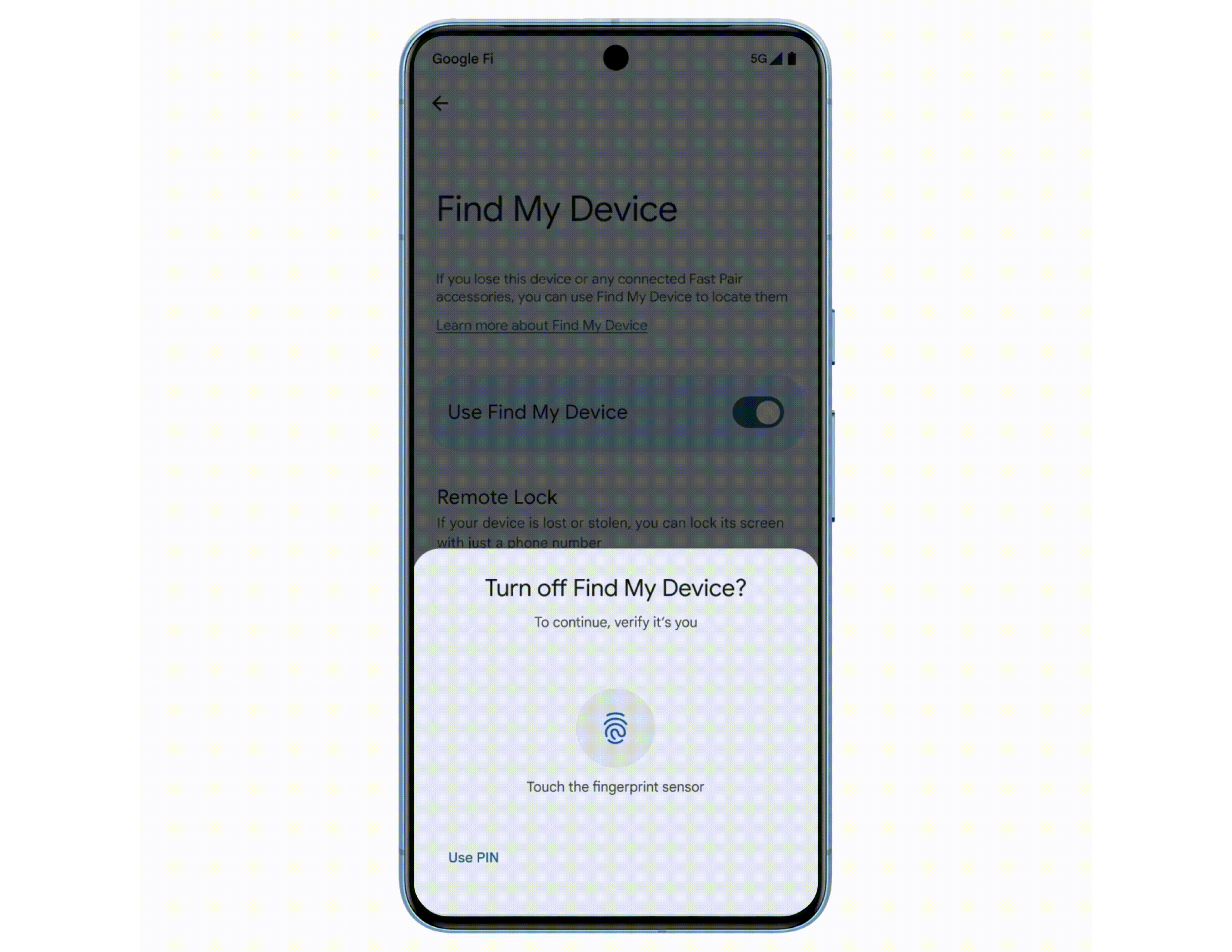Summary
- Android is stepping up theft protection with new authentication measures and a private space feature to keep personal data secure.
- An AI-powered feature will lock your device if it detects a snatch-and-run, while other updates include Theft Detection Lock and Offline Device Lock.
- Additional security measures such as longer screen timeout options and biometric authentication for sensitive settings changes are in the works for Android users.
While you might prefer not to think about what may happen if you lose your phone, Google is always considering it on behalf of Android users. In an era when thieves are out to steal everything from credit card information to health data, it’s critical to remain vigilant. To that extent, Android has a series of built-in theft protection features – and they are about to get stronger.
0:56

How to enable SIM lock on your Android phone
Prevent malicious SIM card use by adding an extra layer of security
Google has announced that it will debut a series of new Android theft protection features in the near future, starting with the launch of Android 15.
One way devices will be further protected is via additional authentication measures when attempting a factory reset. Android already implements factory reset protections for most such scenarios, but there are edge cases where a thief could potentially reset the device and set it up using a different account. To prevent this, Android will no longer allow you to use its setup assistant after a factory reset unless you authenticate with the previous lock screen passcode or sign into your Google account first.
In cases where a thief already knows your lock screen passcode — perhaps they saw your PIN over your shoulder before stealing the device — Android will offer a setting that requires both a lock screen passcode and biometric authentication for tasks like removing your Google account or changing sensitive security settings.
Google is also rolling out something called “private space,” where you can hide sensitive data on your device. This will help you keep personal information locked behind a pin and hidden within a separate area of your phone, deterring thieves — all told, it looks pretty similar to Samsung’s Secure Folder feature.
Source: Google
AI-powered snatch-and-run detection and more
One of the more interesting additions in this announcement is an AI-powered feature that will automatically lock down your phone when it detects someone snatching the device and running away. Using data from internal sensors, the AI can tell when your device changes hands in this manner and will lock the device, requiring a PIN or biometrics before further interaction.
Two similar features coming to Android 10 and up through a Play Services update are called Theft Detection Lock and Offline Device Lock. The former looks for signs that your device may have fallen into the wrong hands, such as multiple incorrect PIN entries, and locks the thief out from using the screen at all. Meanwhile, Offline Device Lock reacts to a thief keeping your device disconnected through Quick Settings toggles and Airplane Mode by locking the screen down similarly.
You can manually trigger this screen lockdown protection with a new feature rolling out to devices on Android 10 and higher. By heading to Google’s Find My Device site, then entering your phone number and a security challenge controlled in Settings → Security → Remote Lock (or similar, depending on your OEM skin), you can lock the screen from accepting touch input while you access other tools like remote factory resetting.
Source: Google
Other security measures coming from Google include the option to disable Find My Device, longer screen timeout options, and requiring biometrics to change certain settings. For example, this type of authentication will be required when you try to change Google account settings or disable theft protection. If you attempt to access passkeys from an unknown location, you may be required to submit biometric authentication as well.
Source: Google
When Android 15 debuts later this year, the factory reset protection updates and private space features will be the first to launch. Most of the other features will eventually roll out to older devices with Android 10 or newer.
As Android 15 inches closer to its official debut, privacy seems to be a top priority. At the beginning of the year, leaked coding seemed to suggest that a feature was being tested to limit third-party apps’ access to notifications. In the future, you may need to grant an app the permission to view your device notifications to preserve your privacy. It’s these types of measures that could be the difference between identity theft and peace of mind when it comes to maintaining your online privacy.
Source link





